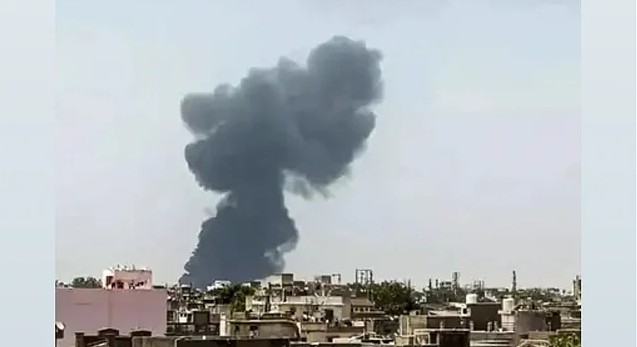The Air India plane crash on June 12 that killed 241 people on board goes to show how unpredictable life is. A flight from Ahmedabad headed to London crashed minutes after takeoff, and in the resulting explosion, almost all the passengers died. There was only one survivor from that ill-fated flight.
One may plan for every possibility and still meet with a deadly eventually. In such cases, insurance can provide some financial relief.
“Passengers may have travel insurance with personal accident cover. They will get that. That is a benefit cover, in addition to compensation from the airline as per the Montreal Convention,” says Narendra Bharindwal, president, IBAI. Airlines need to pay Rs 1.55 crore to passengers even if nobody has died. If there is negligence, additional compensation will be awarded.
Agrees Meet Kapadia, head, travel insurance, Policybazaar, “If a passenger unfortunately loses their life in an accident like this, the accidental death benefit under travel insurance helps the affected family. It ensures the family receives a lump sum payout, often ranging from Rs ₹10 to Rs 15 lakh if the sum insured is around $150,000, helping them navigate the difficult time financially.”
“In fact, personal accident cover is a standard inclusion in most travel insurance policies. It ensures that in such an event of accidental death, the insured sum is promptly paid to the nominee,” says Aashish Sethi, head-agency, health distribution and travel channel.
Such policies also typically cover emergency medical evacuation, which can be critical if a passenger needs to be airlifted or transferred to a specialised medical facility for urgent treatment. In the unfortunate event of a fatality, the insurance also takes care of the repatriation of mortal remains, ensuring the deceased can be brought home with dignity, without placing the logistical or financial burden on the family.
“Most insurers today have fast-track mechanisms in place for processing such emergency claims. Dedicated helplines, priority claim settlements, and immediate coordination with hospitals and family members are often activated in such scenarios to ensure support is extended swiftly,” says Kapadia.
Says Hitesh Girotra, vice president – aviation & specialty lines, Prudent Insurance Brokers: “Understanding the age and the make of the aircraft, the hull agreed value of the aircraft would be roughly around USD 75~80 million, which will be covered under the hull all risk part of the insurance.”
Whereas the liability on the operator (Air India) will have multiple angles:
1) The nationality of the passengers on board will define the minimum liability that applies to the operator as per the Montreal Convention applicable .
2) Since the aircraft crashed into a residential apartment, there is third-party property damage liability on the operator.
3) There might also be a loss of lives in that residential apartment where the aircraft crashed.
“While the hull component is easy to ascertain, understanding it to be an agreed value policy, it is too early to ascertain the overall liability (passengers and third party) on the operator because of this crash,” adds Girotra.
Adds Rakesh Goyal, director, Probus Insurance: “In situations as devastating as the Ahmedabad plane tragedy, passenger insurance is critical in providing financial assistance. It offers compensation to families or survivors in the event of accidental death or injury, based on the specific terms of the coverage. For airlines, such policies are typically mandated under aviation regulations and offer benefits that include accidental death compensation, medical expenses for survivors, and in some cases, even support for repatriation.”
“It’s one of those protections we hope is never needed but when something terrible happens, like what happened in Ahmedabad, its necessity becomes undeniable,” says Goyal.








